Tiles are everywhere, we walk on them, we lean on them, and they adorn our houses making them beautiful and functional. History of Tiles – From the very beginning of time man has decorated his abode with flowers, leaves, and stones – stemming from this same inner desire to beautify and fortify the living space, came tile into existence! Over the years tile making has evolved in both technology and design. Despite their prevalence, very few of us think about the ancient treasured history and the evolution of these versatile design pieces.
So, why is tile history so important?
Tiles are the most fundamental building material and are vital to any structure. Show me a built space that does not have tile. Difficult to think of one, isn’t it? And that is the reason we have researched and written this article about the history of tiles.
And that is why we need to understand the history of tiles.
So, how did it start?
The history of tiles is very old and starts in Egypt, circa 10,000 B.C., around the time of the pyramids. It slowly spread from there to Babylon, Assyria, and the ancient Persian Empire. Around this time, the Greeks and Romans started taking over this ancient art and made it their own with fine mosaics that lined the floors and walls of their bathhouses, luxury villas, and temples. Around 206 BC, the Chinese came up with their contribution to ceramics which was porcelain. But they were very isolated and it took quite some time before the Europeans started using ceramic, but they did catch up and started using them in their churches and palaces.
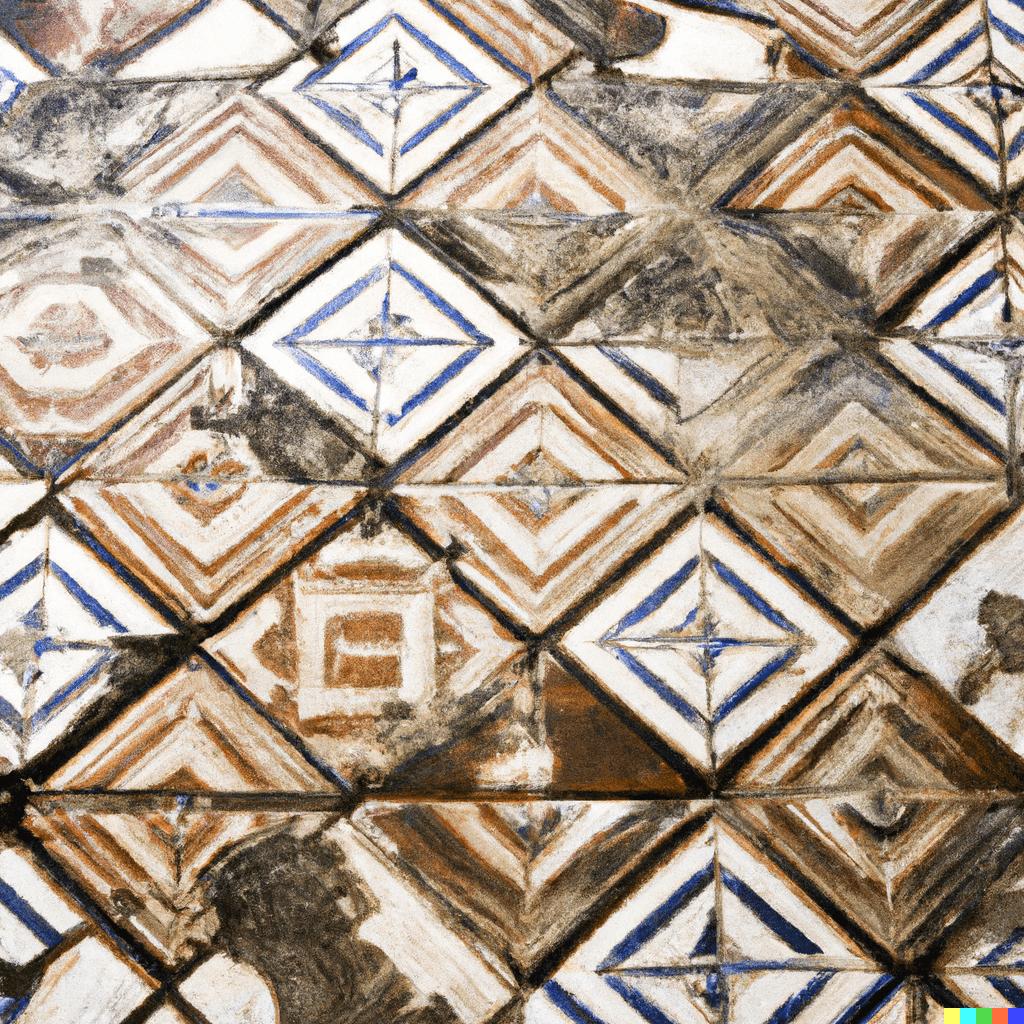
The First Ancient Tiles were made of terracotta.
It is very simple to make a terracotta tile and that is how the whole thing started. You basically take clay and dry it in the sun or fire it in an oven and it turns into a terracotta tile. In fact, the name terracotta literally means “baked earth.”
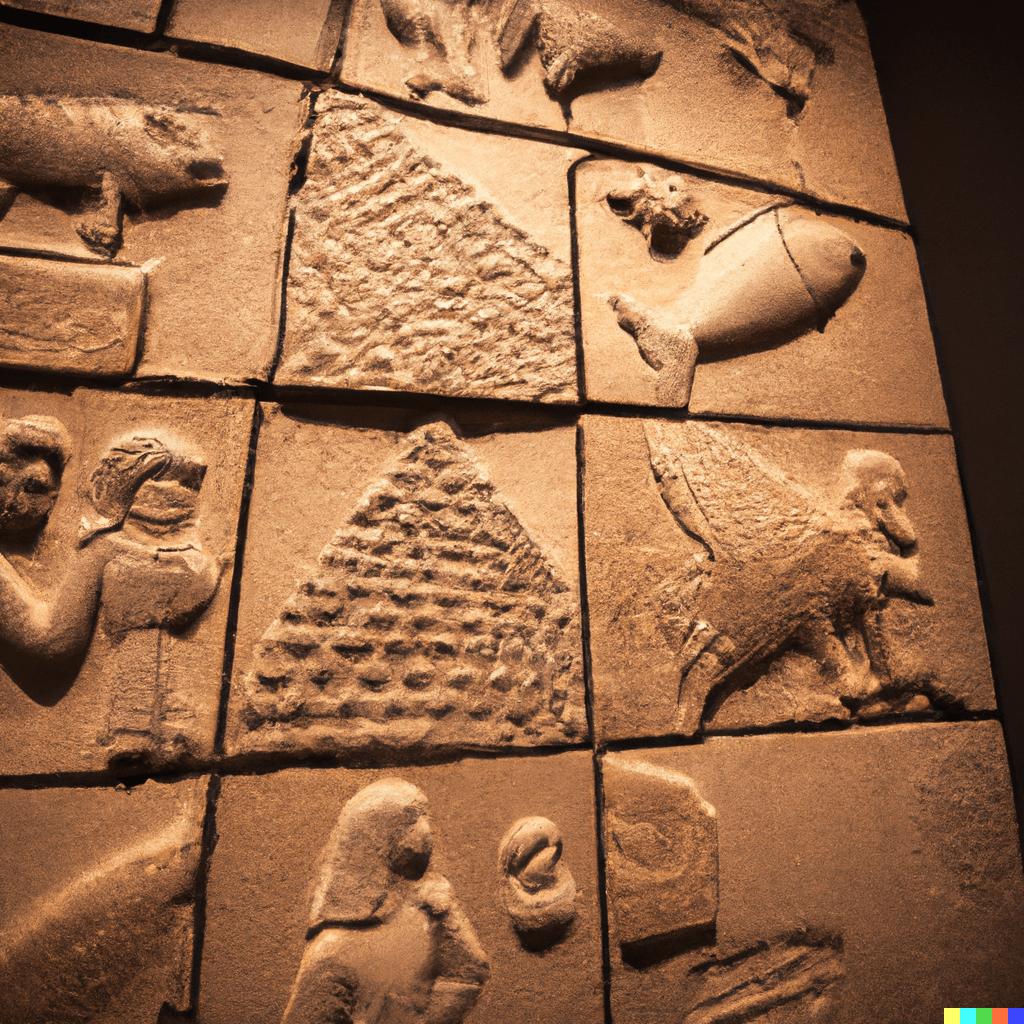
It is said that original terracotta tiles first were used to line the roofs of homes, and were very different from the decorative tiles we know today. We can still see examples of terracotta roof tiles, in the Mediterranean regions and luxury homes around the United States.
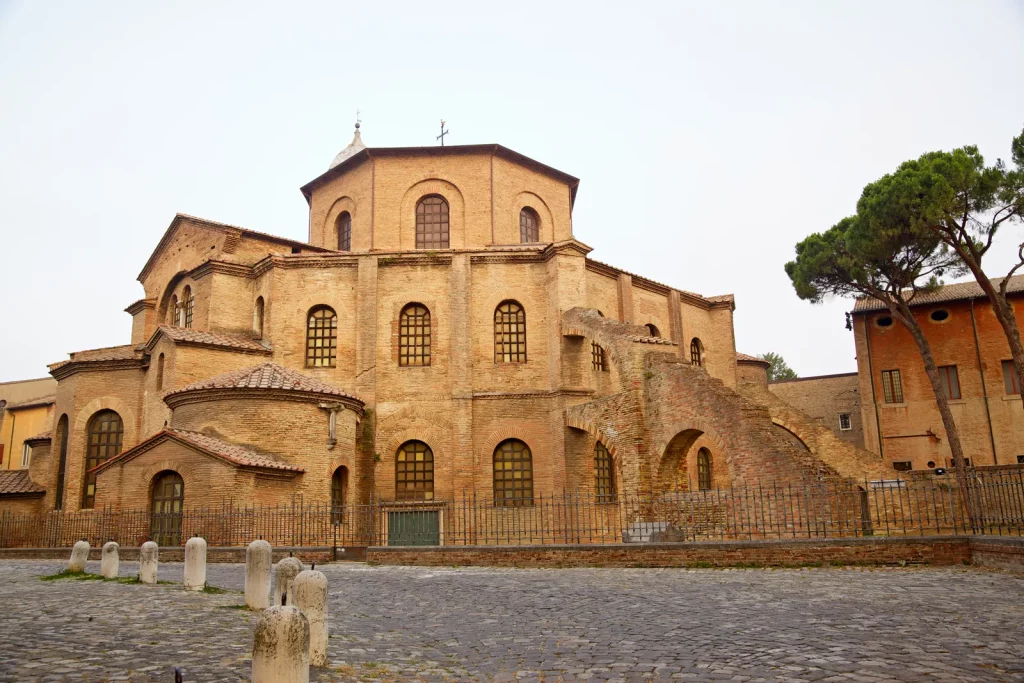
Egypt’s First Stone Masons started creating large stone tiles with writing (hieroglyphics) and other images. They loved using granite, travertine, and limestone. In fact, it is believed that some of the pyramids were covered with limestone tiles that reflected the sun but unfortunately, they were removed by marauders and other people in the later years.
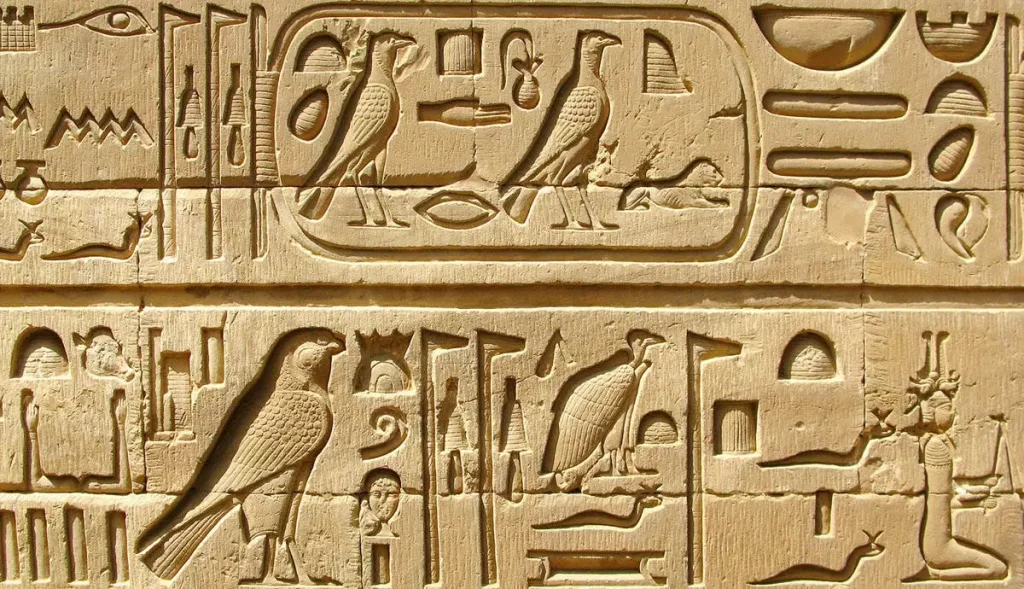
The Babylonians took ceramics to a new level, a great example is the Ishtar Gate, created around 575 B.C. The brick tiles were constructed from moulds that allowed them to use repetitive motifs and then glazed to create a brilliant colour that can still be seen today. The Greeks and Romans were very inspired by this use of colour and started creating their own works of art in colour. Earlier they made mosaics with pebbles as they were more long-lasting than terracotta tiles. The durability increases with glazed tile ceramics and stone mosaics, and they created geometric designs that still inspire tile-makers today.
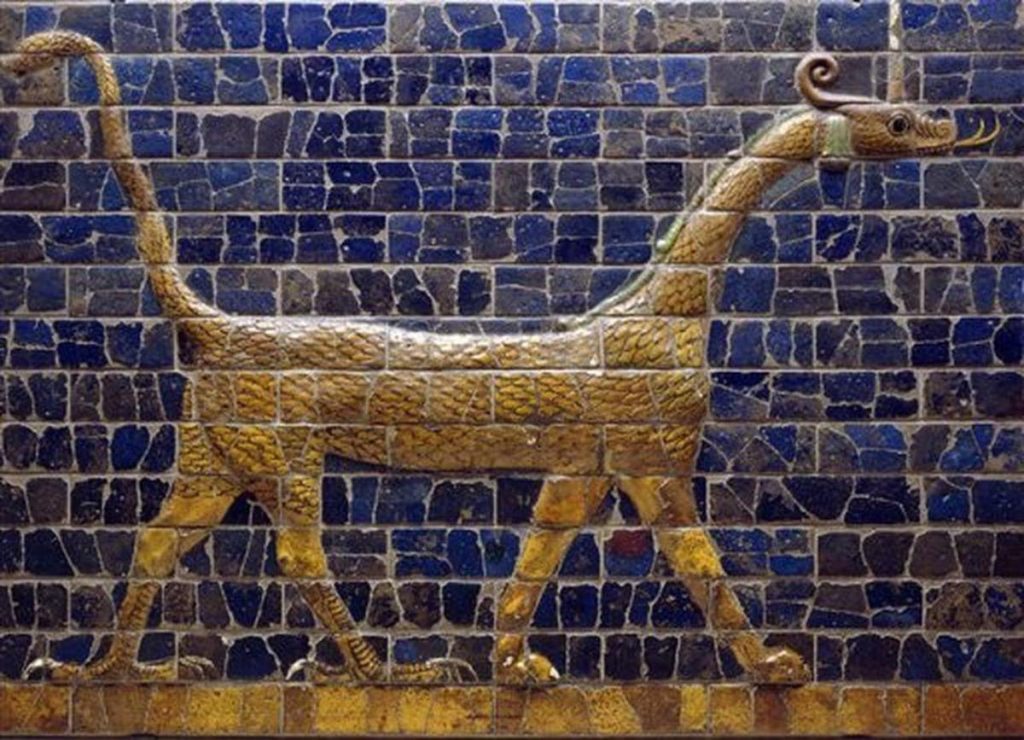
The Romans loved the Travertine Tile perhaps even more than the Greeks. They put them in large public spaces and made some memorable works of art that can be enjoyed even today. Travertine was one of their favourite stones to use in tile works and these were used in the Colosseum and survive to this day.
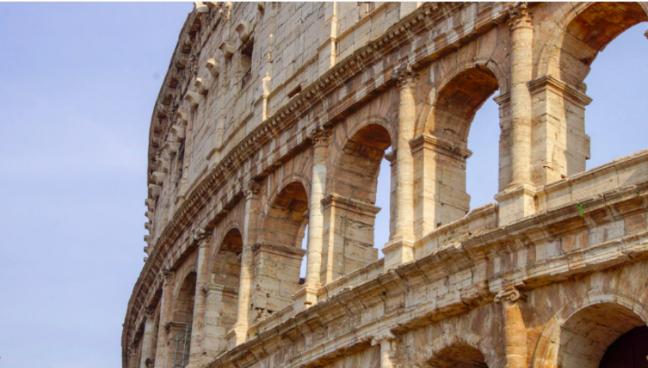
Glazed tiles came up in England around the late 10th century in churches and royal palaces. They were already importing porcelain from China, and by the 19th century, Britain had found a way to mass-produce all sorts of tile designs. These became family heirlooms and were passed down and probably brought by many English settlers into the Americas when they made their voyages to the New World. Checkerboard patterns were very popular and seen in the grand lobbies and hallways of royal palaces, like Versailles.
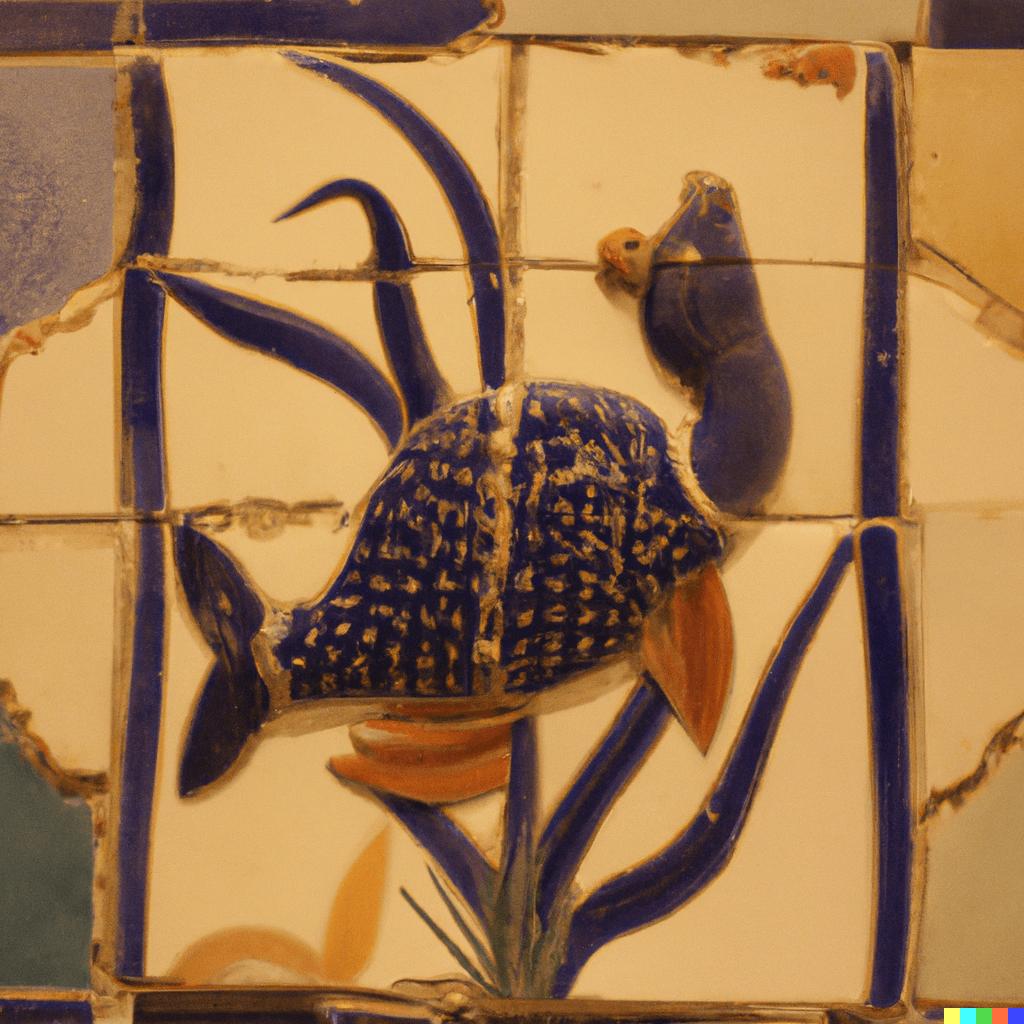
Tile Design was further enhanced by the arts and crafts movement of America, tile usage was becoming more common across ordinary homes and spaces. They were made in earthy tones and resonated with the handmade movement’s basic idea of creation and innovation by hand.
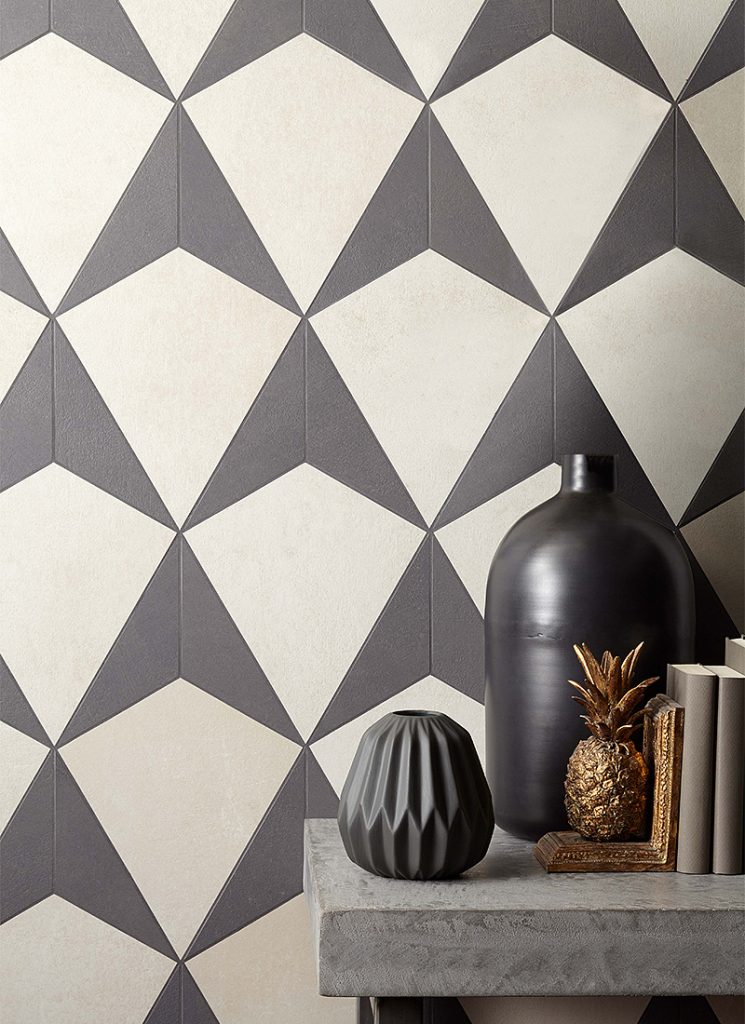
The Industrial Age brought about the use of digital technology and modern innovations. The waterjet makes it possible to cut custom-made tiles to an individual’s specifications. These designs are unique because of their precise curves, which were hard to do with another tool without breaking the stone into pieces. Digital art gives a wide variety of choices in printing to create custom works of art that are unique to a specific home or business. The future of tile development is quite bright, as it is one of most fast-moving industries in terms of technology, innovation and application. Tiles are at the forefront of the interior and construction industry. And it is going to be a very interesting journey!




GIPHY App Key not set. Please check settings